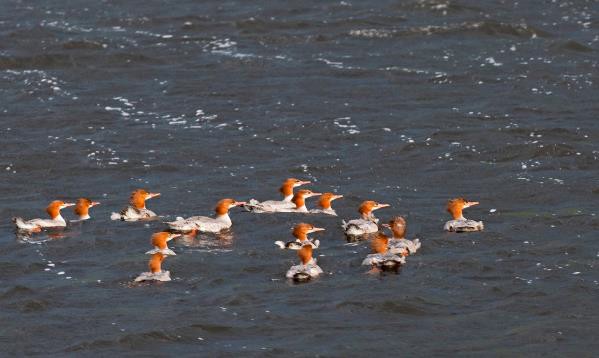
KINGFIELD, Maine – Birdwatching is a springtime activity often overlooked and spring in Maine is a birder's delight. As winter begins to wane, migratory birds herald the new season and the deep woods surrounding Maine Huts & Trails are one of the world's best regions for birdwatching.
Robins and warblers, whose return is a sure sign of spring, are plentiful and most rivers and lakes are open therefore attracting a wide variety of ducks and other waterfowl.
There are numerous species, considered life birds by many, that can be seen in the boreal forest, like the rare northern hawk owl. Others, such as the gray jay and boreal chickadee, are relatively tame, allowing for close viewing.
"Birdwatchers of all levels enjoy the solitude and quiet of the Maine woods near the huts; they can hear numerous calls clearly and the deciduous trees have yet to grow their leaves, which provides an unobstructed view," says Kate Boehmer, Digital Marketing Strategist. "Spring is a very special time to visit Maine Huts & Trails."
All four huts are open during the spring self-service season, but Poplar, Flagstaff and Grand Falls have the most active wildlife in the spring. Every hut keeps a journal of the local wildlife seen, so be sure to take notes so you can add your own sightings. Visitors can create their own itineraries and either hike to the next hut, or back to the trailhead, birdwatching the whole way. Guides are available for an additional fee.
Open year-round, from late March to the end of June huts are self-service, but staffed with volunteer caretakers. While meals are not prepared during self-service season, guests enjoy comfortable beds, hot showers, composting toilets and heated living areas in the main lodge and bunkhouses have radiant floor heating and are heated up to 55°F. Guests can also sit by the fireside and enjoy the many books and games found in the library area.





















